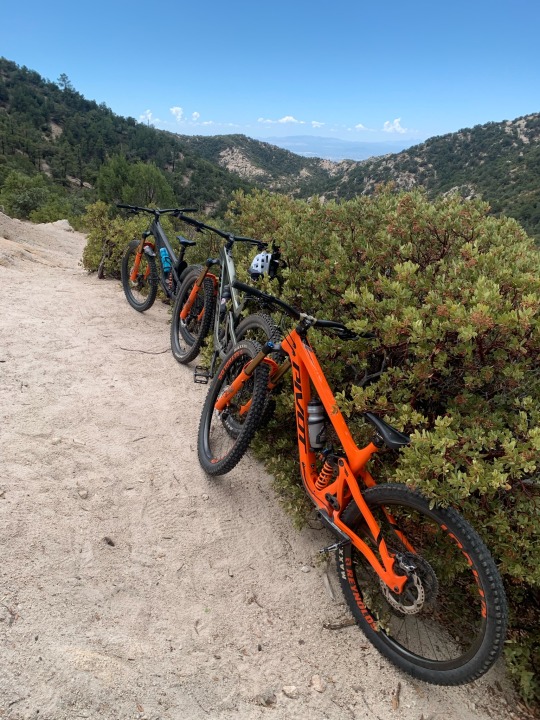#mount lemmon
Text


Went up to Mount Lemmon for cosplay pics last weekend, decided to recreate a shot from the first time I cosplayed the 4th Doctor, seven years ago.
📸 Daniel Sennett @taophotoaz
https://taophotoaz.smugmug.com/
1 note
·
View note
Text
New Year's Eve Snow On The Mountain -- Panoramic Views
New Year’s Eve Snow On The Mountain — Panoramic Views
Panoramic Views of The Santa Catalina Mountains, December 31, 2012 — Images by kenne
Over night we received .6 inches of rain and Mount Lemmon another 10 inches of snow. The clouds block the mountain peaks above 5,000 feet, but the cooler temperatures brought snow down to the 3,500 foot level — my favorite way to see snow from the desert below. Last night’s rain brought the total rain fall for…
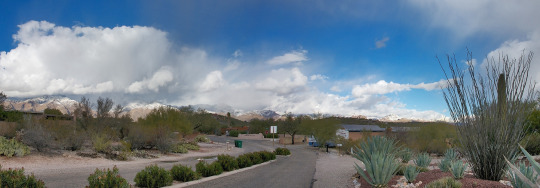
View On WordPress
#Catalina Highway#Mount Lemmon#Mount Lemmon Ski Valley#Nature#New Years Eve#Outdoors#Panoramic Views#rain fall#Santa Catalina Mountains#Ski Valley#Skiing#Snow#Tucson Arizona#Weather
0 notes
Text


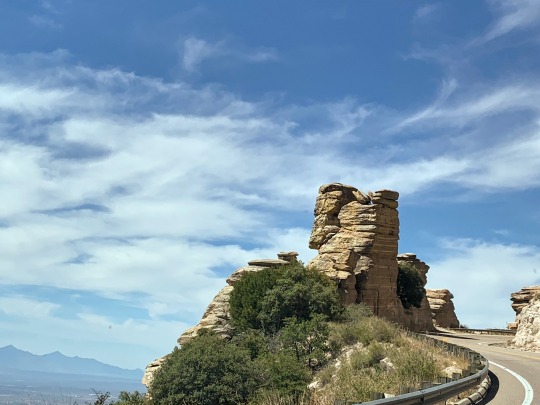
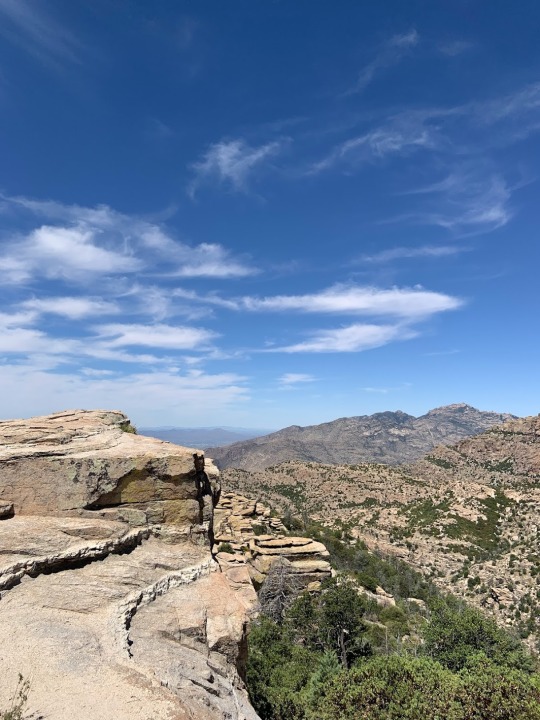




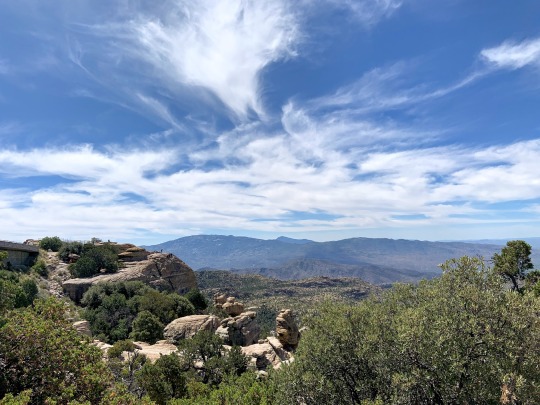

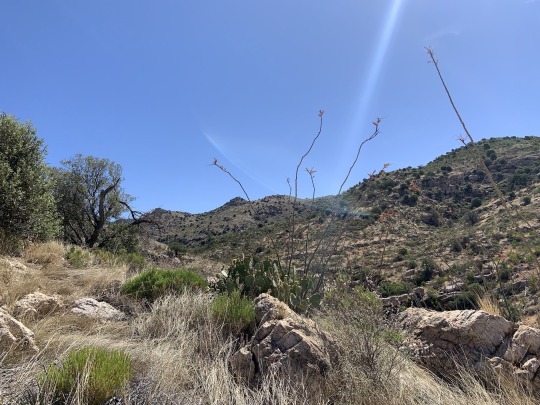

Mount Lemmon Scenic Byway, Arizona (Catalina Highway Scenic Drive)
Very scenic drive, I highly recommend it if you are in the Tucson area 🌵🏜️⛰️
#original photography#landscape photography#Mount Lemmon Scenic Byway#road trip#nature#arizona#roadtrip#vacation#2023#vacation 2023#mine#Catalina Highway Scenic Drive#Tucson#Southwest#photographers on tumblr
157 notes
·
View notes
Text
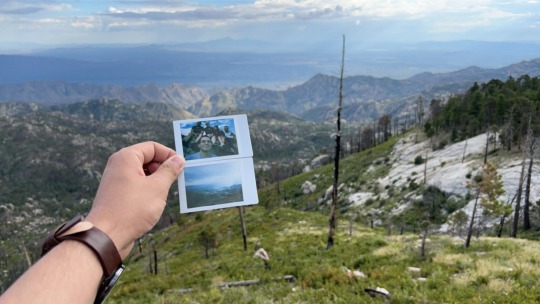
10 notes
·
View notes
Photo
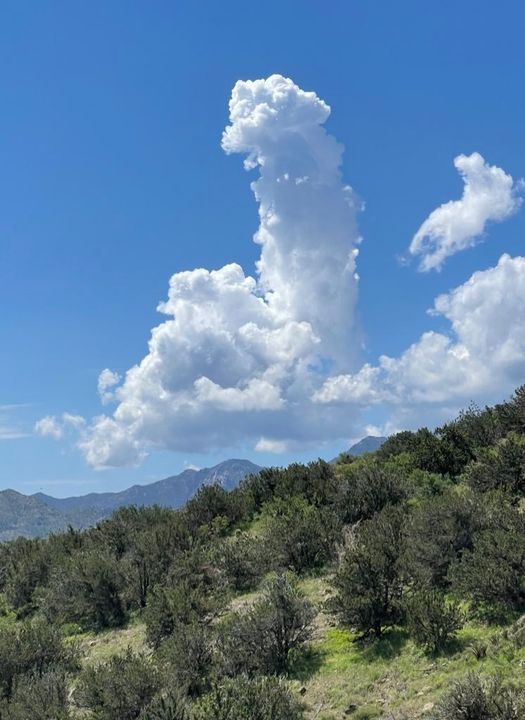
Cumulus clouds elongating into a towering cumulonimbus in Mount Lemmon, Arizona today. The photographer Mark J. Rebilas (@rebilasphoto on Twitter) thinks the cloud looks like "a lighthouse overlooking a rocky shoreline." I agree.
13K notes
·
View notes
Text

NGC 5248 is a compact intermediate spiral galaxy about 59 million light-years away in the constellation Boötes
Credit: Adam Block/Mount Lemmon SkyCenter/University of Arizona
703 notes
·
View notes
Text
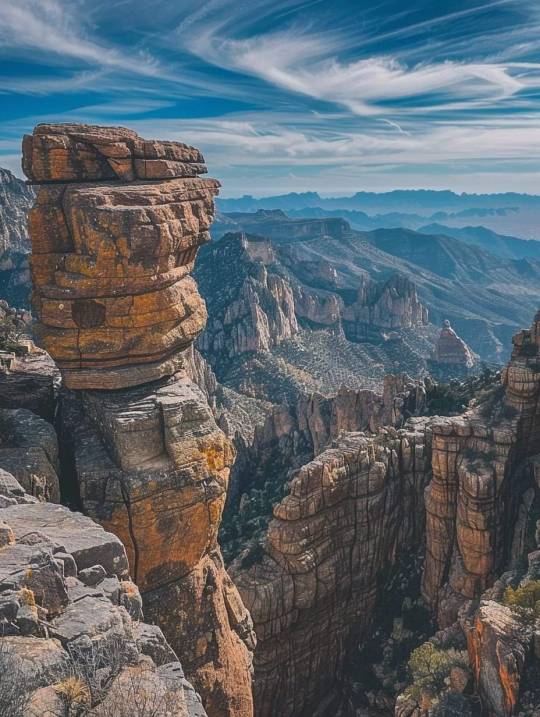
Mount Lemmon Tucson, Arizona, United States
source: Blossom DHC
109 notes
·
View notes
Text
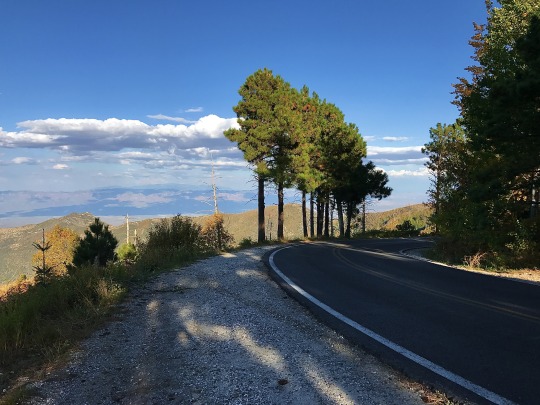
Ski Run Road near the summit of Mount Lemmon, Santa Catalina Mountains, Arizona.
117 notes
·
View notes
Photo
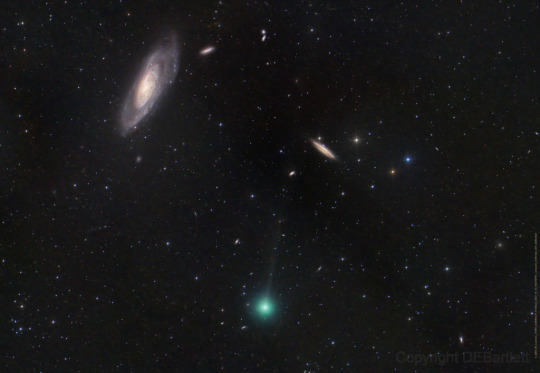
2023 October 20
Galaxies and a Comet
Image Credit & Copyright: Dan Bartlett
Explanation: Galaxies abound in this sharp telescopic image recorded on October 12 in dark skies over June Lake, California. The celestial scene spans nearly 2 degrees within the boundaries of the well-trained northern constellation Canes Venatici. Prominent at the upper left 23.5 million light-years distant is big, beautiful spiral galaxy NGC 4258, known to some as Messier 106. Eye-catching edge-on spiral NGC 4217 is above and right of center about 60 million light-years away. Just passing through the pretty field of view is comet C/2023 H2 Lemmon, discovered last April in image data from the Mount Lemmon Survey. Here the comet sports more of a lime green coma though, along with a faint, narrow ion tail stretching toward the top of the frame. This visitor to the inner Solar System is presently less than 7 light-minutes away and still difficult to spot with binoculars, but it's growing brighter. Comet C/2023 H2 Lemmon will reach perihelion, its closest point to the Sun, on October 29 and perigee, its closest to our fair planet, on November 10 as it transitions from morning to evening northern skies.
∞ Source: apod.nasa.gov/apod/ap231020.html
88 notes
·
View notes
Photo

Arp 273
Credits: Adam Block, Mount Lemmon SkyCenter, University of Arizona
30 notes
·
View notes
Text
Santa Catalina Mountain Snow Images -- It's A white Christmas On Mt. Lemmon
Santa Catalina Mountain Snow Images — It’s A white Christmas On Mt. Lemmon
Snow Covered Christmas Trees On Mt. Lemmon, December 2011 — Image by kenne
Some of the recent postings chronicled my drive up to Mt. Lemmon after heavy snowfall last week. The above image serves as a cover to a slideshow of the photos I captured in the Santa Catalina Mountains. Given the season, having all these winter snow images reflect the white Christmas image we all have seen or carry as a…

View On WordPress
#Catalina Highway#Christmas#Mount Lemmon#Raven#Rock Spire at Windy Point#Sabino Canyon#Santa Catalina Foothills#Santa Catalina Mountains#Tucson Arizona#Windy Point
0 notes
Photo


(via Man wanted for questioning in Mt. Lemmon wildfire)
A man seen on video target shooting in Molino Basin is wanted for questioning in connection with a wildfire that started Sunday on Mount Lemmon, officials say.
Forest Service investigators are looking for the man captured on video approaching the site of the blaze that grew to more than 100 acres before being put out Tuesday, a news release from the Coronado National Forest Service said.
The man was filmed shooting a shotgun at a homemade target. Five shots were fired, the news release said.
It appeared that the man was using incendiary bullets, causing sparks to fly and start the wildfire, officials said.
The man about 50 to 60 years old. He wore a light grey short and tan cargo pants, the agency said. The use of incendiary bullets and starting a wildfire are punishable by up to six months in jail and up to a $5,000 fine, the news release said.
help find this idiot - he started the fire with his incendiary shells (WTF - in the dry desert?!?!?) and then bailed, like the negligent jerk he is.
video at link
24 notes
·
View notes
Text
So I dug through my phone gallery, and I realized I have A LOT of nature pics from places I've traveled. Looking back, I appreciate being able to see these marvels and beautiful sights over the years. I'm glad I captured them, and I look forward to capturing more!

Cliff view of Pismo Beach, California (2018)

Antelope Canyon, Arizona, At Morning (2018)

Horseshoe Bend, Arizona (2018)
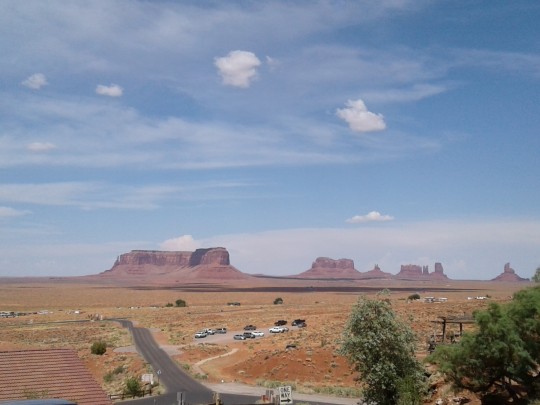


Monument Valley and Navajo Nation (Arizona and Utah border) (2018)

New Mexico Highway (2021)

Cave of the Winds, Colorado (2021)

Snow on Mount Lemmon, Arizona (2021)

Near Summit of Pikes Peak, Colorado (2021)
2 notes
·
View notes
Text

Stargazing is an accessible activity for families and a perfect excuse to introduce children to astronomy. To begin, parents can teach their kids basic information about the cosmos, such as major constellations, planets, comets and the Moon.
This is a perfect time to explore the night sky. With most businesses and stores closed in cities worldwide, the stars shine brighter, and it’s easier to see them due to reduced light pollution. Here are some ideas to get started as a family:
All you need is a view of the sky and a pair of eyes, although binoculars and affordable telescopes can enhance the experience.
A pair of 7×50 binoculars, the most popular size, is ideal for observing stars. As for family telescopes, the two main types are refractors and reflectors that focus starlight using mirrors. The key features to look for in a telescope are high-quality lenses, a sturdy mount, and a set of three eyepieces that you can use to change the magnification.
Medical breakthrough: New vaccine may prevent Alzheimer's disease
Wildlife trade threatens the most evolutionarily and functionally distinct animals
Sweets can be healthy: Chocolate linked to lower mortality rates
Eavesdropping viruses: The unseen war within our cells
Time-traveling pathogens from melting permafrost pose great risk to the Earth
Here we list the last comets that you will be able to see with your family from home, you will only have 4 opportunities this year.
Bright comets you can see in the night sky this year

Updated: 11-July-2023
The following table displays the currently visible bright comets as well as the upcoming comets expected to exhibit brightness in the future (with a magnitude above 11.5 and one year in advance). It provides information about each comet’s maximum visibility, brightness level, and the latitude range from which it can be observed during that peak.
Comets that have entered the outward phase (post-perihelion) are excluded from the table once their magnitude drops below 12th magnitude.
Additionally, an icon is provided next to the brightness values (magnitude) to suggest the minimum recommended instrument for observation. However, please note that this indication serves as a general guide and may vary depending on factors such as the comet’s characteristics, observing conditions, and the specific instrument used.
C/2021 T4 (Lemmon)
Comet Lemmon, also known as C/2021 A1 (Lemmon), is a comet that was discovered on January 3, 2021, by the Mount Lemmon Survey in Arizona, United States. It was named after the observatory where it was first observed.
This comet is classified as a long-period comet, indicating that it originates from the Oort Cloud, a distant region of the solar system filled with icy bodies. Comet Lemmon has an elongated orbit that takes it far beyond the orbit of Neptune and brings it closer to the Sun during its perihelion.
The perihelion, which is the point in the comet’s orbit closest to the Sun, occurred on May 9, 2021, at a distance of about 0.73 astronomical units (AU) from the Sun. After its perihelion passage, the comet began its journey back into the outer regions of the solar system.
Comet Lemmon has been visible primarily from the southern hemisphere, offering stargazers and astronomers in those regions an opportunity to observe its unique characteristics. It has exhibited a coma, a hazy cloud of gas and dust surrounding its nucleus, which is the solid core of the comet.
The coma is formed as the heat from the Sun causes the icy nucleus to vaporize and release gases and dust into space.
How bright will it be?
Although predictions about a comet’s brightness can be challenging, Comet Lemmon reached its peak magnitude of around 6 in late May 2021, making it visible to the naked eye under dark sky conditions. The comet will gradually fade and become more challenging to observe as it continues its journey away from the Sun.
Comets like Lemmon provide scientists with valuable insights into the composition and evolution of the early solar system. By studying their structure and composition, researchers can gather information about the formation of planets and the delivery of water and organic molecules to Earth.
Observing and studying comets like Lemmon serve as a reminder of the dynamic nature of our solar system and the beauty of celestial objects that grace our night sky.
More about comets
Comets are celestial objects that originate from the distant regions of our solar system. Characterized by glowing heads and elongated tails, comets comprise a core, or nucleus, made up of rock, dust, and frozen gases. When they approach the Sun, their icy cores heat up, causing a glowing envelope of gas and dust, known as a coma, and often a tail, to form.
Classification of Comets
Comets divide into two main categories based on their orbital periods: short-period and long-period comets.
Short-period comets, also known as periodic comets, have orbits that take less than 200 years to complete. They usually trace their paths in the region of the solar system known as the Kuiper Belt. The most famous of these is Halley’s Comet, which reappears approximately every 76 years.
Long-period comets have more elongated orbits, taking more than 200 years to orbit the Sun, with some requiring thousands or even millions of years.
They generally originate from the Oort Cloud, a hypothetical spherical cloud enveloping the solar system at a distance approximately 1,000 to 100,000 astronomical units from the Sun.
Anatomy of a comet
Comets comprise three main parts: the nucleus, the coma, and the tail.
The Nucleus
The nucleus, the solid core of the comet, contains a mix of rock, dust, water ice, and frozen gases such as carbon dioxide, carbon monoxide, methane, and ammonia. Its size can range from a few hundred meters to tens of kilometers in diameter.
The Coma
As a comet nears the Sun, solar heat evaporates the ices in its nucleus, leading to the formation of a large, glowing envelope of gas and dust called the coma. The Sun’s radiation also ionizes the coma, which can result in a type of glow distinct from that caused by reflected sunlight.
The Tail
Cometary tails form as solar radiation and solar wind exert pressure on the coma, blowing gas and dust away from the Sun to form two distinct tails — a dust tail and an ion tail. The dust tail, which reflects sunlight and often appears yellowish, follows a curved trajectory, while the ion tail, which glows due to fluorescence and usually appears bluish, points directly away from the Sun.
Observation and study of comets
Comets have been a subject of fascination for millennia, with records of their observations dating back to ancient civilizations. Astronomers observe comets to study the early solar system, as comets are ancient bodies that preserve the original materials from which the solar system formed.
Modern studies utilize a range of equipment from ground-based telescopes to space missions. Notable space missions to comets include NASA’s Stardust mission, which collected dust samples from Comet Wild 2 and returned them to Earth, and the European Space Agency’s Rosetta mission, which deployed the Philae lander onto the surface of Comet 67P/Churyumov-Gerasimenko, marking the first successful landing on a comet.
Comets and life on Earth
Comets may have played a crucial role in the emergence of life on Earth. Some theories suggest that comets could have delivered water and organic compounds — the building blocks of life — to the early Earth. The study of comets thus may provide vital clues about the origins and evolution of life.
Conclusion
Comets, these intriguing celestial travelers, have captivated human interest throughout history. They provide a crucial link to understanding the early solar system and potentially the origin of life on Earth.
As our technological abilities evolve, the continued exploration and study of comets promise to reveal even more about these remarkable objects and their place in our cosmic neighborhood.
7 notes
·
View notes
